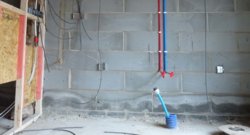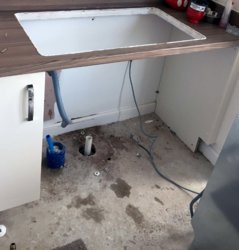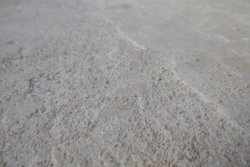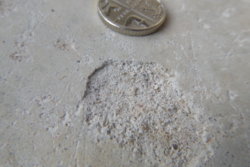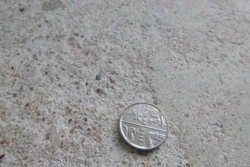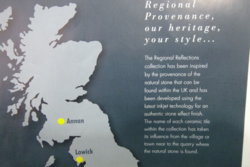Thought I would have an easy job to tile my daughters new build house kitchen floor but then I start reading on help forums about Anhydrite floors. But I do not know if she has one or not, its a new build Barrett home.
My local supplier stocks Tilemaster and I see that they do Anhyfix but the spec says it is not suitable for a normal concrete floor which I do not know if she has.
So what to do - do I sand and then SBR or APD and then use a normal cement based adhesive.
My local supplier stocks Tilemaster and I see that they do Anhyfix but the spec says it is not suitable for a normal concrete floor which I do not know if she has.
So what to do - do I sand and then SBR or APD and then use a normal cement based adhesive.

